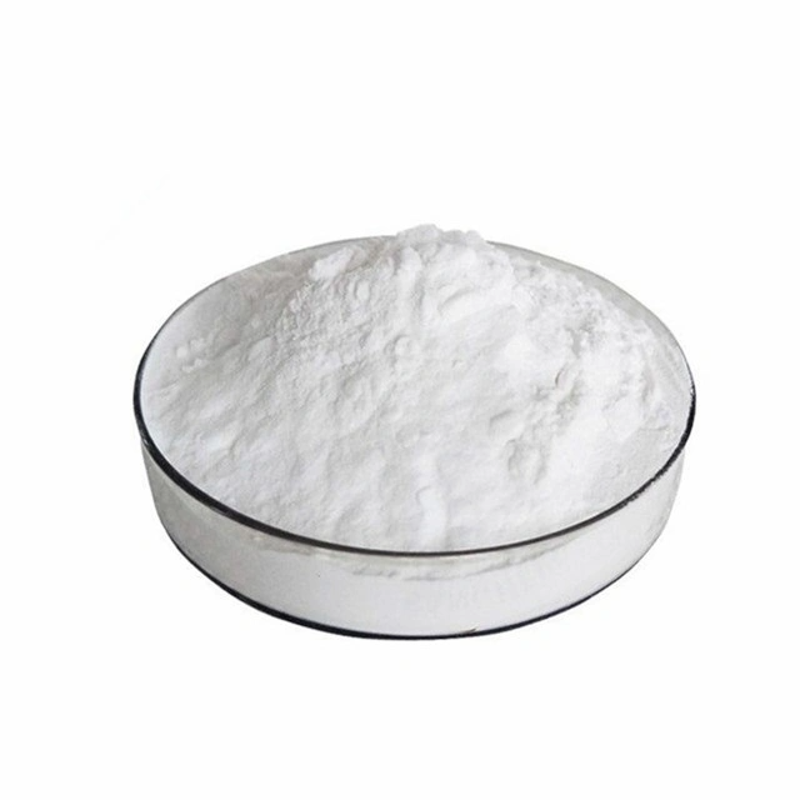-
Categories
-
Pharmaceutical Intermediates
-
Active Pharmaceutical Ingredients
-
Food Additives
- Industrial Coatings
- Agrochemicals
- Dyes and Pigments
- Surfactant
- Flavors and Fragrances
- Chemical Reagents
- Catalyst and Auxiliary
- Natural Products
- Inorganic Chemistry
-
Organic Chemistry
-
Biochemical Engineering
- Analytical Chemistry
- Cosmetic Ingredient
-
Pharmaceutical Intermediates
Promotion
ECHEMI Mall
Wholesale
Weekly Price
Exhibition
News
-
Trade Service
Ref: Al-Shahi Salman R, et alLancet Neurol2018 Aug 14pii: S1474-4422 (18) 30253-9doi: 10.1016/S1474-4422 (18) 30253-9The increase in acute spontaneous cerebral hemorrhageoften indicates poor clinical transition, and controlling and reducing the volume of intra-brain hematoma is the therapeutic goal of improving the patient's prognosisRustam Al-Shahi Salman, of the Centre for Clinical Brain Science at the University of Edinburgh, UK, conducted a meta-analysis of data from patients with cerebral hemorrhage to identify absolute risk and predictors of increased intracranial haemorrhage, to establish and validate predictive models, and to assess the value of CTAThe results were published online in August 2018the authors selected the relevant literature from January 1, 1970 to December 31, 2015 through the OVID MEDLINE database for a systematic review of the literatureThe conditions of admission included: age of 18 years, first CT examination within 0.5-24 hours of onset, CT follow-up data within 6 days of onset, cerebral hemorrhage of 150 ml, and failure to receive any emergency treatment measures that may lead to a decrease in hematomaThrough a rigorous screening process, 36 research queues were eventually locked, including 5,435 patients with complete dataThe 36 queues were layered by the authors and divided into 4 subgroups: the group that did not receive anticoagulant therapy at the time of the onset, the anticoagulant treatment group at the time of the onset, the group that received anticoagulant therapy in some patients at the time of the onset, the other some who did not receive anticoagulant treatment, and the acute CTA show spot sign signRepeated imaging examinations found that the volume of hematomas increased by up to 6 ml, defined as an increase in cerebral hemorrhagethe author used the multivariable Logistic regression model analysis, found that the increase of cerebral hemorrhage volume has some absolute risk factors and predictorsAmong them, the four most predictable variables are: from onset to first imaging time (OR-0.50; 95% CI, 0.36-0.70; p 0.0001); 0;p 0.0001); antiplatelet therapy (OR s.1.68; 95% CI, 1.06-2.66; p.026); anticoagulation therapy (OR?3.48; 95% CI, CI 1.96-6.16; p.0001)combined four independent predictors to predict the expansion of hematoma in the brain, and the prediction model was:PI-4.426-0.230time-0.0776volume-1.196-volume-0.310antiplatelet-1.065anticoagulantwhen the predictive consistency index (C-index) is as high as 0.78 (95% CI; 0.75-0.82);CTA Spot Sign Variable Model:PI-4.954-0.138time-0.0769volume-1.139-volume-0.370antiplatelet-1.028anticoagulant-1.496-spotROC curve suggests that the above model has good application value for predicting an increase in hematoma in the brainthe authors finally point out that in clinical practice, the level of medical institutions receiving cerebral hemorrhage patients and the frequency of post-hospital clinical and imaging observation are closely related to the patient's prognosisThe study designed a predictive model of increased cerebral haemorrhage that helps determine patient retention and treatment strategies(
wang Chengbin,of Shanghai Tenth People's Hospital, compiled by Liu Chenghong,of the First People's Hospital of Changshu City, Jiangsu Province,review, editor-in-chief of "Outside The God Information" andChen Jicheng)relevant links







